Multifamily living means sharing spaces with neighbors and, unfortunately, it also often means sharing areas with pests like cockroaches, bedbugs, rats, and mice. Beyond being a skin-crawling nuisance, they can wreak havoc on a building and its tenants, causing problems ranging from serious health risks to structural damage. Protecting your property requires a comprehensive approach that involves property management, pest control companies, and getting residents involved.
The Usual Suspects
Pests are notorious for being resilient and resourceful. In New York, roaches, bedbugs, and rats run rampant. According to Marsha Grant, president of New York-based property management company Grant Management Services, it’s a big problem that can be tricky to manage with people coming in and out of buildings. “Someone could simply bring in a food order, and then there you go—you’ve got pests entering the building,” she says, “Bedbugs are also easily spread. For example, if someone drags a mattress or a couch through the building without knowing it’s contaminated, you could be carrying them around.”
Zach Feranec, sales manager at Chicago-based Platinum Pest Solutions, emphasizes the risks that roaches and rats bring into a residential community: “They seek out food and then leave behind droppings that are toxic to humans. Cockroaches’ exoskeletons contain a protein allergen that can trigger a reaction that causes respiratory distress and is harmful to people’s health.” Mice and rats also carry bacteria and harmful diseases like hantavirus and salmonella through their droppings, urine, and saliva.
“Besides carrying disease, rats and mice chew on walls and electrical wiring, increasing the risk of structural damage and fire,” Feranec says. “Their urine and feces contaminate living spaces, which can cause mold and mildew to grow.”
Spotting Signs
Even if you don’t get a glimpse of vermin themselves, they often leave telltale signs that they’re present, like odors, droppings, nests, damage to furniture and other household materials, or as Feranec notes in the case of bedbugs, bites on residents’ skin. “But sometimes people don’t realize a bedbug has bitten them,” he says. “It’s particularly tough in senior buildings where people may be on medication or have co-occurring issues and don’t realize an infestation is actively happening because they don’t realize they have any bites, or where they’re coming from.”
While rats, mice, bedbugs, and other insects may travel, roaches don’t go far from their resources. “Roaches typically don’t get more than 12-15 inches from their homes,” says Mike Boyle, chief people officer for Burns Pest Elimination in Las Vegas, Nevada. “Some signs you have an issue would be finding dead roaches, fecal matter, and droppings around cracks and crevices.” No matter what form the evidence takes, once spotted, the issue should be addressed quickly to prevent an infestation from spreading.
Don’t Roll Out the Welcome Mat
Before even identifying an issue, the best pest prevention is education. “Educating residents is number one in pest management,” says Boyle. “It’s important to inspect clutter and cleanliness, and help (residents) see what they’re contributing. Pest control and property management companies are trying to help, and sometimes that involves getting people to change their habits,” he says.
Grant emphasizes the importance of residents taking an active role in pest prevention, stating that “residents don’t often report a vermin situation until it’s extreme, and they don’t always sign up for the regular monthly extermination–usually because they forgot, or schedules don’t allow,” she says. “It’s mostly an oversight so we try to remind residents that the exterminator is coming and to sign up because it’s so important to do it preventatively.”
More people living in one space means more opportunities for rodents and insects to survive and thrive. “Statistically, if you’ve got more than one person in an environment, they’re going to bring something in at some point,” says Feranec. Residents can reduce the presence of pesky pests by being vigilant about keeping their units tidy and clean, particularly by ensuring that trash and compost matter is securely stored and no food is left out.
“Dirty dishes in the sink are the biggest culprit,” says Boyle. “You think you’re doing a good job cleaning up, and you leave one or two dishes in the sink… your apartment may look clean, but you’re leaving out a food source for roaches and other vermin.”
Standing water—even a sink filled with soap—is still a great resource for smart scavengers. “They don’t really discriminate,” says Feranec. Leaks from faulty pipes or plumbing also invite water into the home—and even a little water is a big win for rodents and insects.
Beyond cleanliness, any entry point into the building—even a small one—can create significant issues. Gaps behind cabinetry, around floorboard heating where pipes are installed, or around worn-out sealants give access to rodents and insects. “Once they have access, they can get anywhere in the building, and they will seek out a unit with any poor sanitation, like garbage or food being left out,” says Feranec.
“Another area I think a lot of people don’t look at is how they’re storing garbage—it takes nothing for vermin to chew through plastic,” says Feranec, meaning plastic trash and recycling containers aren’t necessarily the best way to deter rodents. Feranec suggests property managers request metal cans or bins with tight-fitting lids to help keep things secure.
Property management teams include pest inspections and training in their routine. “We have weekly site inspectors going into compactor rooms,” Grant says. “They are trained to look for droppings or other signs of rodents. They take pictures. They make sure garbage lids are secured tightly. Using the proper garbage cans is very important, especially in New York City.”
Staying Educated
Providing up-to-date information to shareholders on pest management also helps involve residents in the process. “We give out vermin control sheets to residents and building staff,” says Grant. “It’s so important that when the super brings an exterminator in, they look for things like checking behind the refrigerator, making sure there isn’t pet food out or unsealed, or garbage out or around.”
Feranec agrees: “We do educational seminars for entire groups of residents. Sanitation is a huge thing. If you catch it early enough, you can keep an infestation from spreading to other units.” He also advises residents against bringing items in from dumpsters, accepting free furniture, and being mindful of who and what enters their building and units.
“Inspect and conduct a monthly check, and then set up a rotational schedule,” suggests Boyle. “Often, residents are reluctant to invite property management in, so we couple an inspection with other visits to address as many concerns as possible in one visit and resolve the problem quickly for everyone.”
Grant notes that some condominiums don’t pay for interior pest control and extermination service, so it’s up to homeowners to provide their own; however, it’s more typical for buildings to offer the service directly. Especially in high-rises where pests can move from unit to unit, it’s worth it for the building to provide pest management not only in common areas, but in individual units as well.
An Integrated Approach
“Integrated Pest Management (IPM) is what we call using a multi-pronged approach,” says Boyle. “Unlike decades ago when the application was more about just spraying a bunch of stuff everywhere and pests die, now it’s more targeted [to specific pests]. For instance, Termicide only kills termites.” Combining treatment methods helps building teams monitor and manage pests.
Removing food sources is the primary first line of defense. Physical deterrents, such as glue boards, also help manage infestations. “Almost all research studies for larger multifamily projects recommend the best way to get rid of pests is an application of bait and insecticide dust in the crevices,” says Boyle. “This keeps it away from people.”
He goes on to say, “We are more aware of our environment now, and have lots of different methods and approaches to pest management. We try to use different approaches to minimize the [environmental] impact. You find out where the pests are living and apply the product directly. If you know how to do that, it’s quite simple.”
An integrated pest management approach requires residents to participate in monitoring and reporting pest problems promptly, and not waiting until a situation becomes serious. Multifamily living means sharing spaces, but it also means sharing responsibility for keeping the building pest-free for everyone. Preventative management, combined with consistent sanitation, helps keep rodents and insects out of living spaces and prevents problems from escalating into full-blown infestations.
Kate Mattiace is the Associate Editor of CooperatorNews.



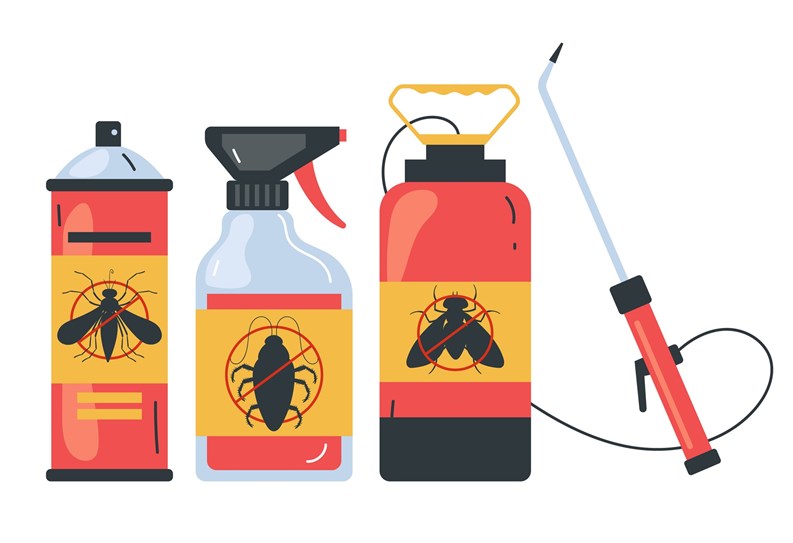
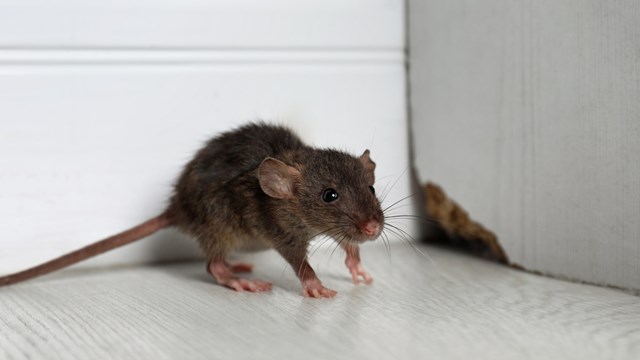
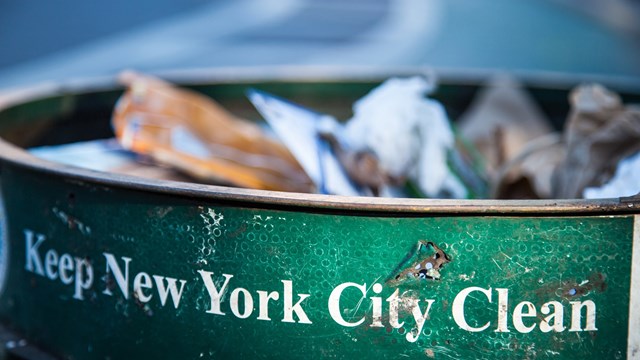


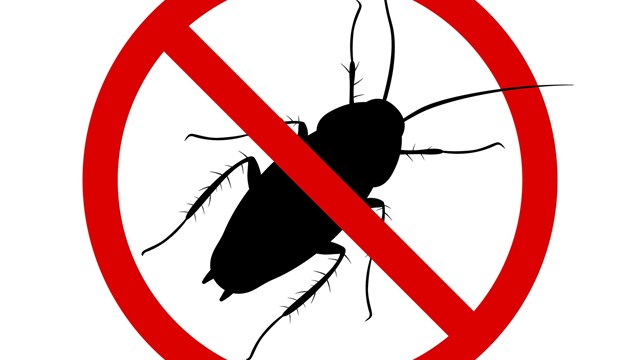
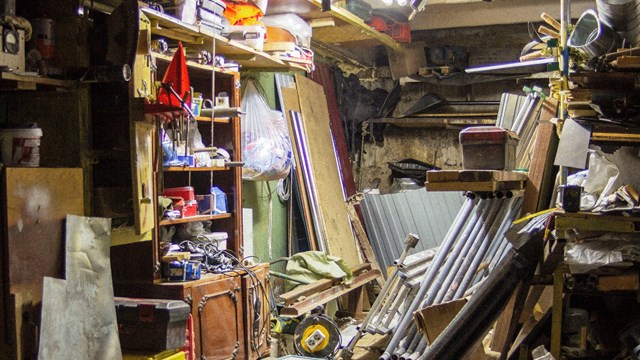
Leave a Comment